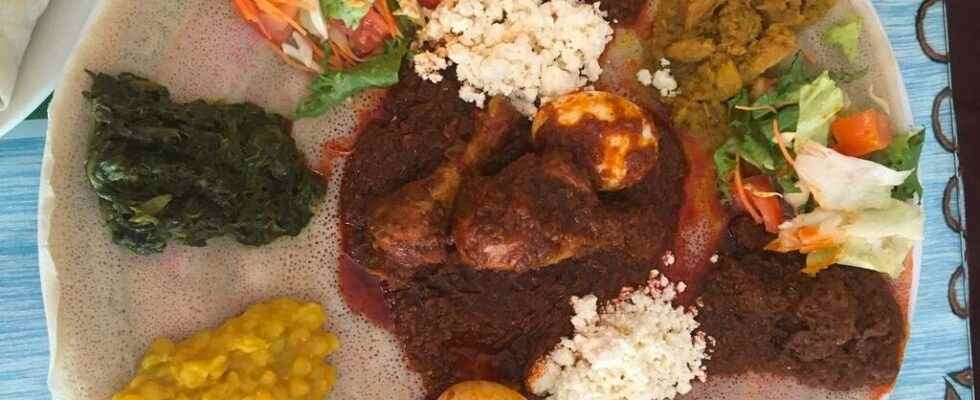After having tasted the healthy plate in the north, focus this week on food in the south, and on what to favor to be and stay healthy. Physiologically similar, whether we are inhabitants of the north or the south, our diet differs according to where we live, our lifestyles and our customs, tastes too, only clichés and received ideas have a hard tooth.
However, the more the years pass, the less our diet reflects our environment. Globalization has mixed our traditional dishes, our usual preparations, with new products. She invited sugar, bread, ultra-processed, manufactured ingredients, pizzas, sodas and other chips, “fake food”, food that does not nourish and thereby introduces another form of malnutrition: deficiencies are other, here it is too much that poses a problem, sugar, fat, with silent effects but just as harmful to health in the short, medium and long term.
So what are the keys to staying healthy? In the south, as in the north, two principles are fundamental: balanced, varied food that meets your needs according to your age and gender.
From raw to processed, what is the difference? An example
The potato is a raw food. Boiled or steamed, its nature changes, it is little processed, but it is considered processed, even more so if you crush it, and add butter and salt. And if you turn it into potato chips with artificial flavors and various additives to improve the sensory qualities, you go ultra-processed. These raw materials do not need these complements, artifices, to be consumed. With these changes, food loses its primary, nutritional value. They no longer have any interest. They are poor in protective elements – fibers, vitamins, antioxidants: these are empty calories.
With :
- Dr. Colette Azandjemenutritionist at the Mother and Child Hospital in Cotonou, teacher at the University of Ouidah
- Dr. Mahamat Bechirepidemiologist teaching at the University of Ndjamena, president of theNGO ASRADD
- Dr. Alexandra Dalunutritionist and anti-aging doctor in Paris, mesotherapist
For further :
- Nutrition in a globalized world, assessment and prospects in the era of the SDGsbook coordinated by Yves Martin-Prével and Bernard Maire, Éditions Karthala-IRD (2018)
- The NGO L’Appel – solidarity with the children of the world
- The nutricard game: Nutricartes® and Balai Santé®
- The healthy plate by Dr Alexandra Dalu and chef Thierry Marx published by Flammarion editions
- Together to eat better by Alexis Jenny and Frédéric Denhez, Actes Sud editions (2020)
- Stop industrial dishes by Benoit Thevenet, Raphael Haumont and Marina Carrère d’Encausse, Martinière editions (2020)
Musical programming :
fire on the mountain – Asa
Moms from Congo and Rrobin – Louage Wave
RECIPE
For breakfast, a thiakry flavored with kinkeliba
Ingredients : 120 g of millet semolina (thiakry) – 4 or 5 kinkéliba leaves (preferably green) – 6 tablespoons of natural yoghurt – 2 tablespoons of sugar – (according to your taste) 2 tablespoons of condensed milk unsweetened – 2 teaspoons of orange blossom – 120 g of red fruits
Recipe
Infuse the kinkeliba in hot water for a few minutes. Put the millet semolina in a bowl then pour the filtered and very hot kinkéliba.
Cover for 15 minutes.
In a bowl, mix the sugar, yogurt, condensed milk and orange blossom, and refrigerate for 1 hour.
Assemble by placing the millet semolina at the bottom of a deep plate, cover with cream, sprinkle with mint leaves and fresh red fruits.
This recipe is one of the pocket recipes imagined by Mauritanian chef Harouna Sow for Le Goût du Monde.
► Find all the other recipes here: Pocket recipe.
scope.counterText
scope.legend
scope.counterText
scope.legend
© scope.credits
